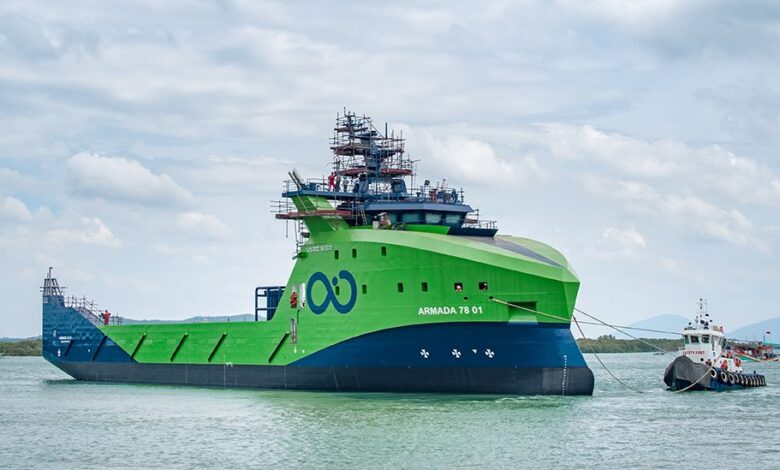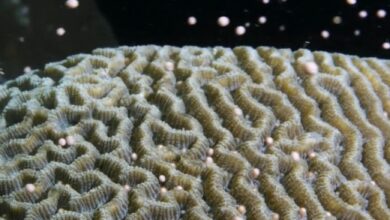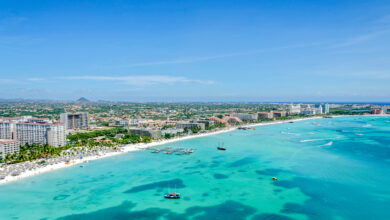The oceans cover 70% of the Earth's surface. Of that area, 23.4% is now mapped to modern standards. Ocean Infinity is building enormous robot vessels. Image Credit: Ocean Infinity/Vard
EnvironmentTechnology The WorldThis Project Wants to Map Our Whole Planet’s Seafloor – by 2030
About a quarter of the global ocean floor has been mapped so far thanks to the addition of what’s called “depth data” – and a project took shape to have the entirety of the seabed charted by 2030, to improve both navigation and conservation of our planet’s waters.
“We have a ‘map the gap’ strategy,” explains American adventurer Victor Vescovo who is contributing to the mapping project. “We’re not a commercial outfit so we don’t have to follow the most fuel-efficient routes. When we go on an expedition we ask [Seabed 2030], ‘what are your priority areas?’; and we divert a little bit to cover those areas.”
With the addition of some 10 million square kilometers of bathymetric data – data that includes details about the depths and shapes of the underwater world – 23.4% of global seafloor has been mapped. Three-quarters of the underwater terrain comes from low-resolution satellite measurements, and more precise data is required to improve models that forecast future climate change since the rough seafloor has an influence on ocean currents and the vertical mixing of water. The Seabed 2030 project – funded by Japan’s Nippon Foundation – urges all navigators to turn on their sonar equipment to take depth soundings. To date, Mr. Vescovo himself singlehandedly contributed more than 3 million square kilometers of seafloor data, the Saildrone Surveyor mapped 22,000 square kilometers over 28 days cruising from San Francisco to Honolulu, and Vietnam-based marine robotics company Ocean Infinity is building ships meant to roam the seas on long missions to map hard-to-reach areas.




